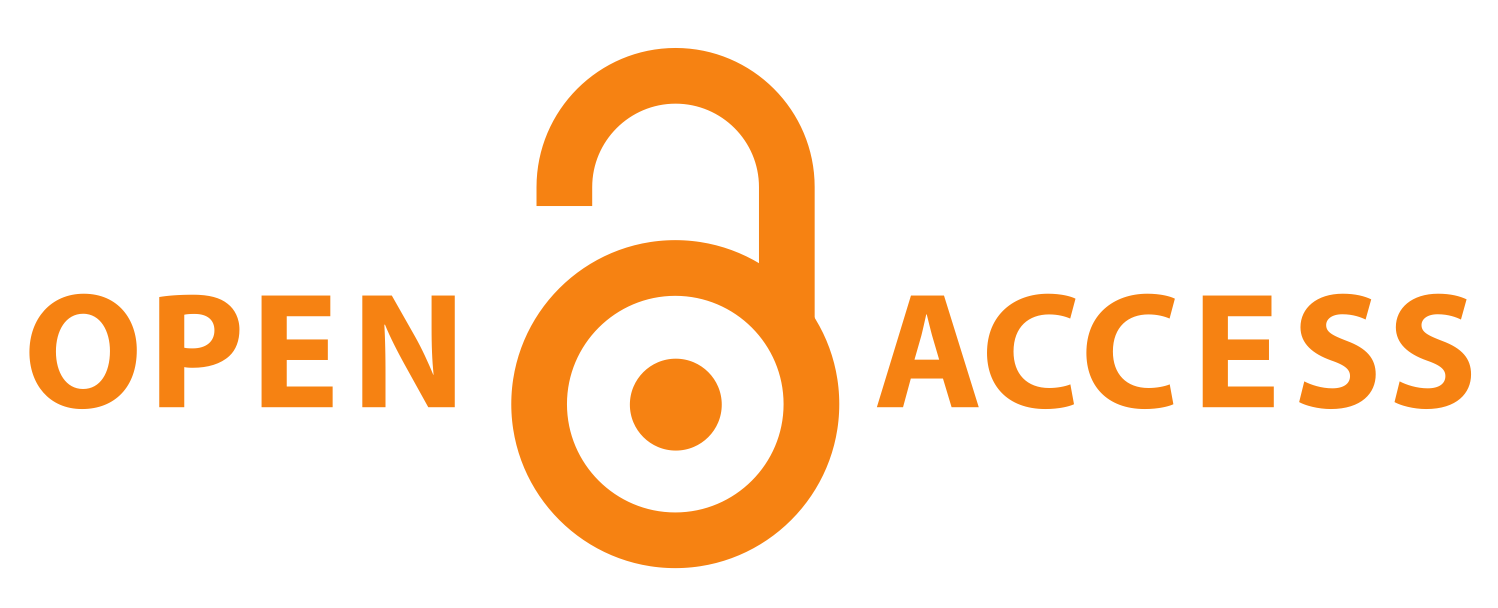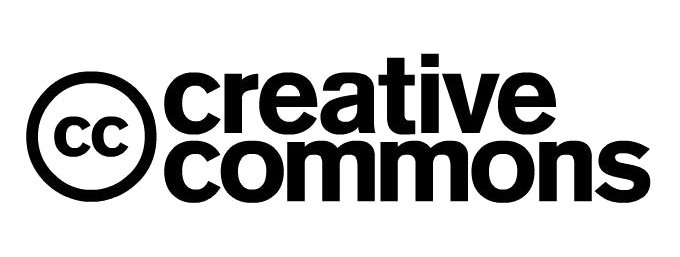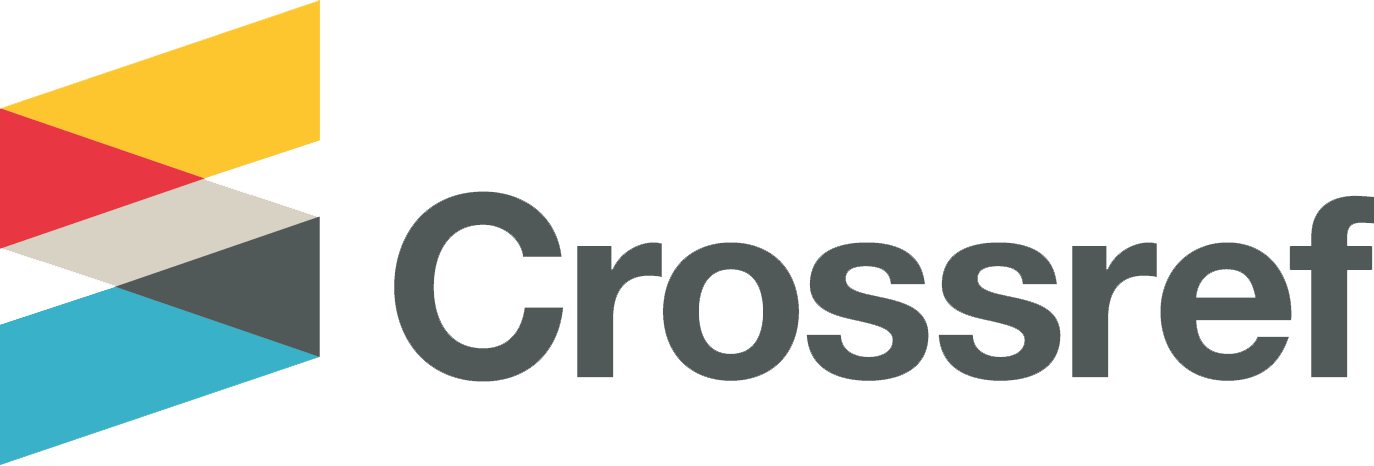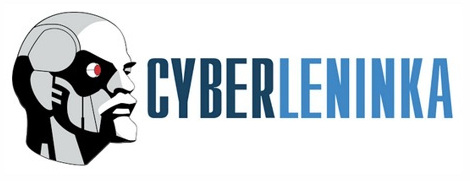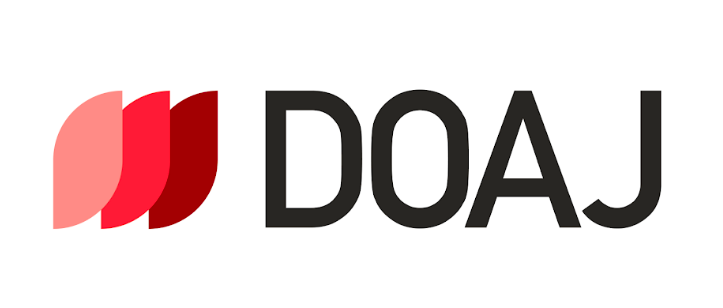Analysis of the local structure of the nearest environment of germanium atoms in chalcogenide alloys Ge2Sb2Te5 using the Mössbauer spectroscopy method
DOI:
https://doi.org/10.33910/2687-153X-2025-6-3-139-143Keywords:
Mössbauer spectroscopy, Ge2Sb2Te5, local environment of Ge, magnetron sputtering, X-ray fluorescence analysisAbstract
The tetrahedral symmetry of the local environment of germanium atoms in amorphous Ge2Sb2Te5
films has been demonstrated by Mössbauer spectroscopy in a 73Ge isotope. We conclude that there
is a significant difference in the immediate environment and, consequently, in the electronic structures
of Ge atoms in crystalline and amorphous Ge2Sb2Te5 films. X-ray amorphous Ge2Sb2Te5 films with a thickness
of 20 μm were obtained by magnetron sputtering of synthesized polycrystalline samples at direct current
in a nitrogen atmosphere onto aluminum foil substrates. The films were then annealed in the temperature
range of 150–200 °C to obtain polycrystalline samples. The composition of the films was controlled by X-ray
fluorescence analysis.
References
Baker, D. A., Paesler, M. A., Lucovsky, G. et al. (2006) Application of bond constraint theory to the switchable optical memory material Ge2Sb2Te5. Physical Review Letters, 96, article 255501. https://doi.org/10.1103/PhysRevLett.96.255501 (In English)
Bouzid, A., Ori, G., Boero, M. (2017) Atomic-scale structure of the glassy Ge2Sb2Te5 phase change material: A quantitative assessment via first-principles molecular dynamics. Physical Review B, 96, article 224204. https://doi.org/10.1103/PhysRevB.96.224204 (In English)
Caravati, S., Bernasconi, M. (2007) Coexistence of tetrahedral- and octahedral-like sites in amorphous phase change materials. Applied Physics Letters, 91, article 171906. https://doi.org/10.1063/1.2801626 (In English)
Kolobov, A., Fons, P., Tominaga, J. et al. (2004) Understanding the phase-change mechanism of rewritable optical media. Nature Materials, 3 (10), 703–708. http://dx.doi.org/10.1038/nmat1215 (In English)
Liu, X. Q., Li, X. B., Zhang, L. et al. (2011) New structural picture of the Ge2Sb2Te5 phase-change alloy. Physical Review Letters, 106, article 025501. https://doi.org/10.1103/PhysRevLett.106.025501 (In English)
Marchenko, A. V., Terukov, E. I., Nasredinov, F. S. et al. (2023) Local structure of amorphous (GeTe)x(Sb2Te3) films. Technical Physics, 68 (1), S88–S95. https://doi.org/10.1134/S1063784223090104 (In English)
Pfeiffer, L., Kovacs, T. (1981) Calibration of the isomer shift and measurement of ΔR/R for the 13-keV Mössbauer transition of 73Ge. Physical Review B, 23, 5725–5728. https://doi.org/10.1103/PhysRevB.23.5725 (In English)
Pfeiffer, L., Kovacs, T., Celler, G. K. (1983) Mössbauer effect of 73Ge in laser-processed Si and Ge crystals. Physical Review B, 27, 4018–4026. https://doi.org/10.1103/PhysRevB.27.4018 (In English)
Regel, A. R., Seregin, P. P. (1984) Mössbauer studies of impurity atoms in semiconductors. Soviet Physics. Semiconductors, 18, 723–740. (In English)
Stellhorn, J. R., Hosokawa, S., Kohara, S. (2020) Local- and intermediate-range structures on ordinary and exotic phase-change materials by anomalous X-ray scattering. Analytical Sciences, 36 (1), 5–9. http://dx.doi.org/10.2116/analsci.19SAR02 (In English)
Svane, A. (1988) Electronic structures and isomer shifts of Ge, Sn and Sb impurities in elemental semiconductors. Journal of Physics C: Solid State Physics, 21 (31), article 5369. https://doi.org/10.1088/0022-3719/21/31/008 (In English)
Downloads
Published
Issue
Section
License
Copyright (c) 2025 Alla V. Marchenko, Yuri A. Petrushin, Pavel P. Seregin, Vyacheslav A. Doronin

This work is licensed under a Creative Commons Attribution 4.0 International License.
The work is provided under the terms of the Public Offer and of Creative Commons public license Creative Commons Attribution 4.0 International (CC BY 4.0).
This license permits an unlimited number of users to copy and redistribute the material in any medium or format, and to remix, transform, and build upon the material for any purpose, including commercial use.
This license retains copyright for the authors but allows others to freely distribute, use, and adapt the work, on the mandatory condition that appropriate credit is given. Users must provide a correct link to the original publication in our journal, cite the authors' names, and indicate if any changes were made.
Copyright remains with the authors. The CC BY 4.0 license does not transfer rights to third parties but rather grants users prior permission for use, provided the attribution condition is met. Any use of the work will be governed by the terms of this license.

